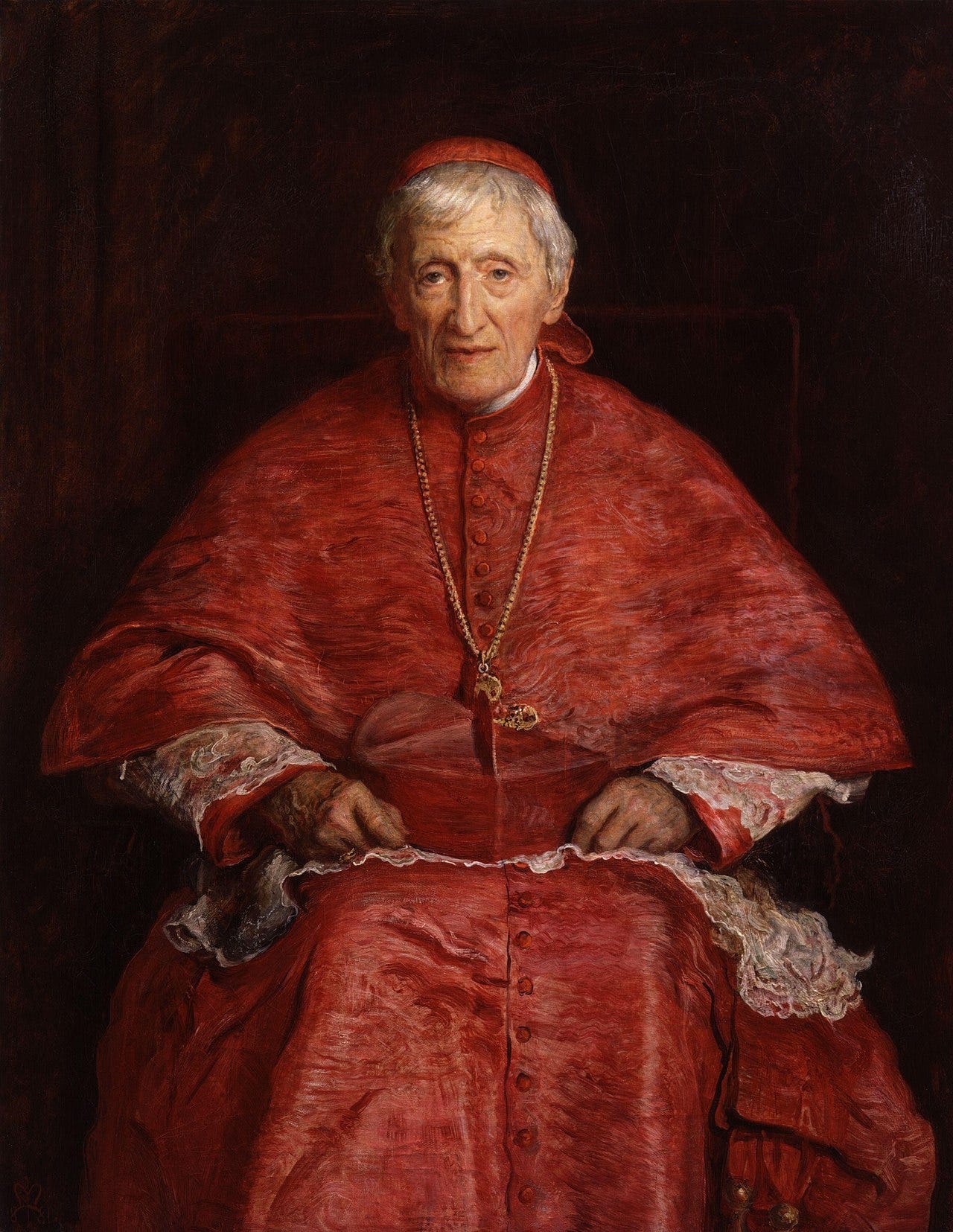'Newman is Newman'
Bishop Daniel Flores, on whether John Henry Newman should be a Doctor of the Church
By a vote of 240-2, the U.S. bishops voted last Wednesday to write a letter of support to Pope Francis, for an effort to see St. John Henry Newman named a Doctor of the Church.
Bishop Daniel Flores, who heads the USCCB doctrine committee, explained during the bishops’ fall plenary meeting …

